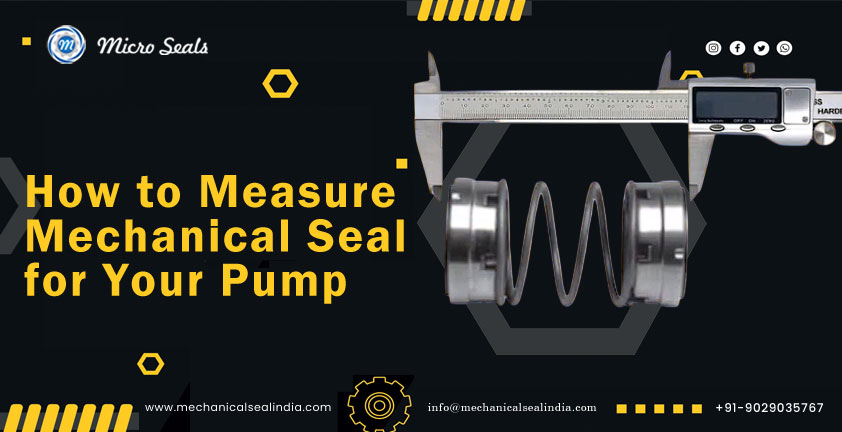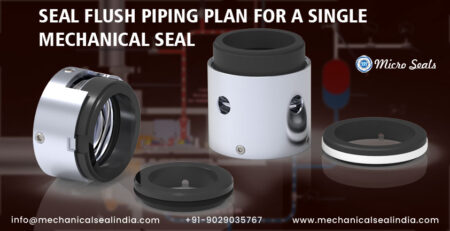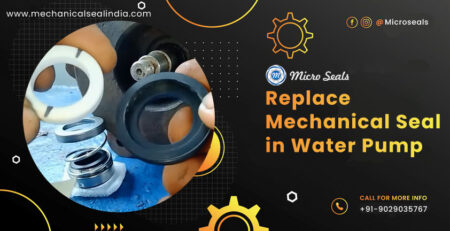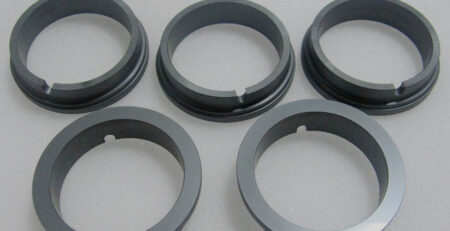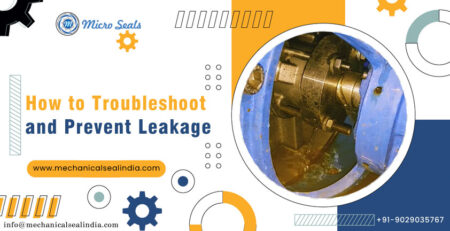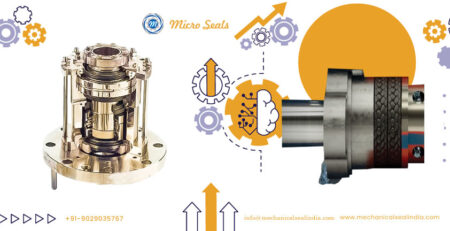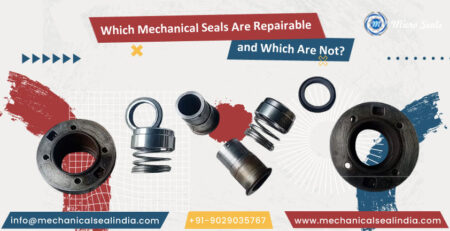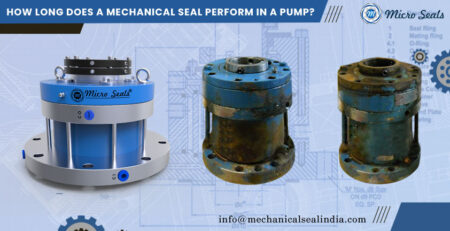Choosing the right mechanical seal is critical for ensuring the efficient operation of a pump. Selecting the wrong size can lead to operational inefficiencies, costly downtime, and even equipment failure. In this guide, we’ll walk you through the key steps to measure and select the correct size of a mechanical seal.
Table of Content
Why Is Accurate Measurement Important?
Mechanical seals play a crucial role in preventing leaks and maintaining the integrity of pump systems. An accurately measured seal ensures:
- Proper sealing, avoiding fluid loss.
- Longer lifespan of the pump and seal.
- Improved operational efficiency and cost savings.
Key Measurements for a Mechanical Seal
To find the right size of a mechanical seal, focus on these key dimensions:
- Shaft Diameter:
Measure the pump shaft diameter where the seal will be installed. This measurement is critical as the seal must fit snugly on the shaft. - Seal Housing Bore Diameter:
The seal housing bore is the cavity where the seal sits. Accurate measurement ensures the seal will be properly secured. - Working Length:
Measure the distance between the seal’s components, such as the gland plate and the rotary unit. This ensures compatibility with the pump assembly. - Face Width:
The width of the sealing face determines the pressure handling and sealing capability
Steps to Measure the Seal Size:
- Gather Tools:
Use precision tools like vernier calipers and micrometers for accurate readings. - Check Manufacturer’s Specifications:
Refer to the pump’s manual or consult with the seal manufacturer for size guidelines. - Verify Existing Seal Size:
If replacing an old seal, measure the dimensions of the existing seal for reference. - Account for Operating Conditions:
Consider factors like temperature, pressure, and fluid properties that might impact the seal’s performance.
Selecting the Right Seal for Your Pump
After measuring the dimensions, consider these factors for selecting the ideal seal:
- Material Compatibility:
Ensure the seal material is compatible with the fluid being handled. For example, rubber seals for water pumps or metallic seals for high-temperature applications. - Operating Environment:
High-pressure or corrosive environments may require specialized seals. - Seal Type:
Choose between single, double, balanced, or unbalanced seals based on the pump’s requirements.
Conclusion
Accurately measuring the size of a mechanical seal is vital to ensuring its compatibility and efficiency in pump systems. With precise measurements and an understanding of operating conditions, you can select the right seal for optimal performance.
To Know More about mechanical seal supplier Read Our Blog Post on top mechanical seal supplier For More mechanical seal services Information, Check out our Mechanical Seals Repair Page.
Microseals Is ISO 9001:2015 Certified Company and Leading Mechanical Seals Manufacturer & Supplier In India, Providing Leakages Solutions To All Types Of Pump Applications By Manufacturing Mechanical Seals And Sealing Components As Per Customer’s Require, Samples or Need. To Know More About Mechanical Seal Call On +91 – 9029035767 Or Email At [email protected]

